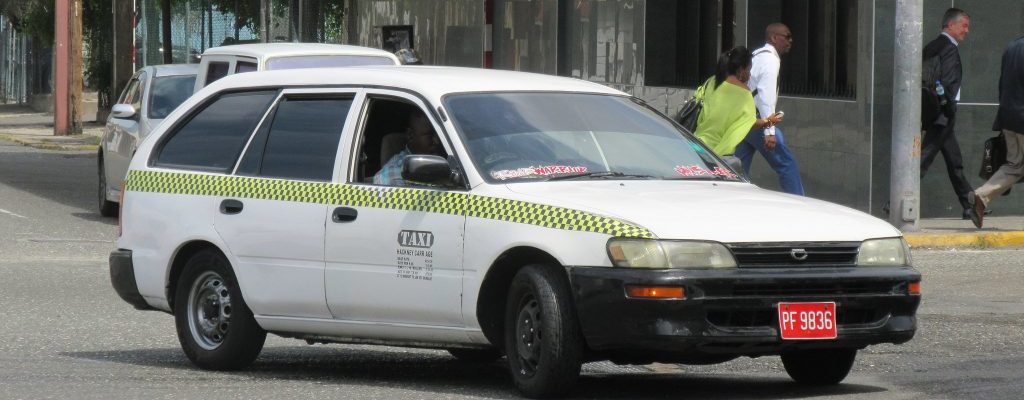

Sadly, the Jamaica Urban Transit Company (JUTC) will give up 23 routes in the Corporate Area, which Transport Minister Daryl Vaz has said will be taken over by route taxis.
At a time when Jamaica ought to be moving to reduce, or if possible, eliminate route taxis from the space, we are hearing now about giving those creatures of hell additional strength.
Vaz is one of the ministers of Government who in my estimation has been performing better than most. But he got this one wrong.
I invite the minister, and I am sure that he knows already, to traverse the roads of the Corporate Area in the morning and during peak afternoon/evening period to see rogue, not route, taxi drivers on the go.
Molynes Road, Red Hills Road, Spanish Town Road, Dunrobin Avenue, Hope Road, Perkins Boulevard, and Old Hope Road, are some of the thoroughfares that Vaz could observe in his first round of movement.
It is as if taxi drivers are always rushing to arrive at particular destinations, which sometimes leads you to wonder if it involves hoping to catch their partners in compromising positions with other human interests. In the process, they make lanes of their own while hurling verbal abuse at you if you don’t get out of the space that was assigned to you. Stopping abruptly, overtaking when not even they thought they could, and carrying out other hitherto impossible acts, add to the confusion.
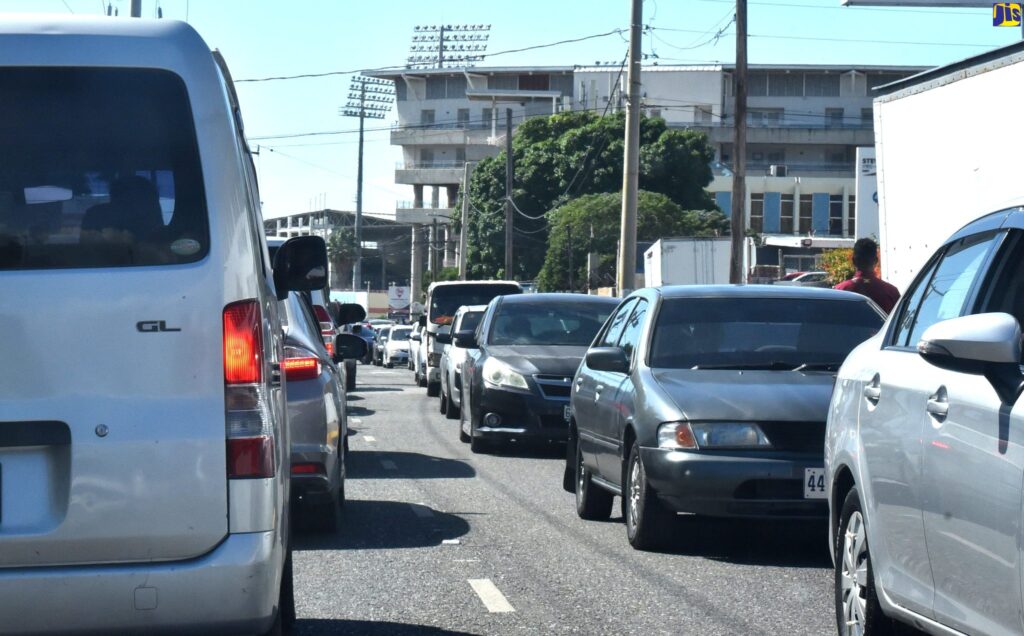
The police do very little to try and end those callous acts. Taxi drivers who continue to behave like that on the road must have their vehicles seized, and held in jail long enough for them to look into the folly of their ways.
As for the JUTC, nice, it is, that Vaz has moved to expand its reach, to areas in St James, St Mary, Clarendon, St Thomas and others, which also means that the name ‘urban’ will have to be reviewed, as that word is specific to a geographical zone. Changing the name of the JUTC too, to something as simple as Transport Jamaica, would also go someway in wiping the stigma of travel and operational horror that has dogged the State bus company, resulting in annual losses that have choked the national budget.
Since its formation in 1999, the JUTC has never even operated at a profit in any one year. Why? Well, largely due to corruption, but involving other factors too. If, for example, a bushing on a control arm is to be changed, why would it cost J$600,000 to do so, when under normal circumstances, it would run the company in the region of five per cent of that?

Employees in the maintenance department have told me about other stunning sums paid out to external garages for work which could have been done at the various depots and would have resulted in between 90 and 98 per cent savings if the company had opted to go that route. Fuel theft is also another thing, although some have been caught and proven guilty.
Claims have been made about a breach of the JUTC’s road licence in giving up the 23 routes, but outside of that, it is too much to bear when it is considered that more rouge taxi drivers will turn up the heat on motorists who want to reduce the possibility of dying on the roads each day.
Vehicle fitness regime deserves a try
Daryl Vaz has promised to implement a new certificate of fitness regime by July and the minister of transport should be taken seriously in the move, which, among other things, will see vehicles aged up to five years not having to be certified fit annually.
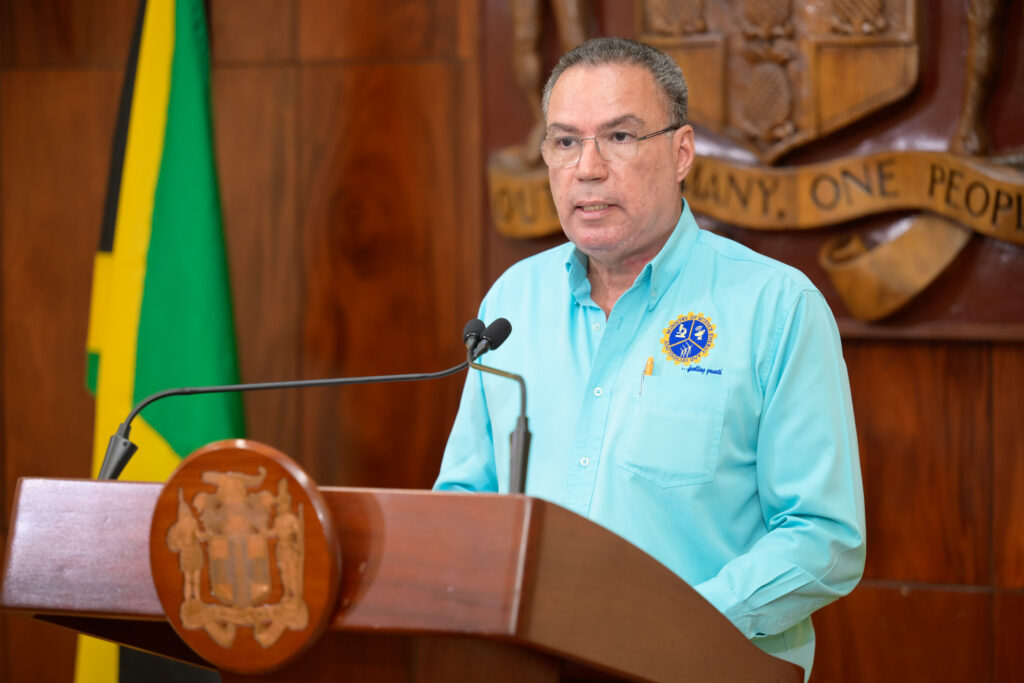
Under the plan, owners of new vehicles will be spared the indignity of having their motors handled like daredevil symbols at Dover Raceway when they go to get approval from officers at the examination depot every year. And it stands to reason that there is no need for a vehicle to be tested for its fitness if it is under age five unless there is a glaring fault.
Such a move will save time for owners and drivers.
Even certifying vehicles that are three years old and younger for three years on the trot is still a good idea. Like in human beings, the older you get is the weaker your system becomes. That is similar to vehicles … the more the years tick off is the more they demand parts and maintenance, so a vehicle over 10 years old, for example, would be required to test every year.
While Vaz is at it, he might want to consider a move to have the driving skills of all taxi drivers certified every three months. They should be subjected to neurological tests, drug tests and common sense tests, as some of them are mere people posing as sane – a clear danger to society.
The practicality of political signs
Yet again, another fuss has developed in respect of political signs and billboards being displayed, this time in St James. A threat by the mayor of Montego Bay has also resulted in a practical activity, as Richard Vernon has made his move to take the objects down.
The Opposition People’s National Party (PNP) has moved to protect its signs and billboards where they exist, blaming the St James Municipal Corporation of trying to stifle its message, and citing legality under the Town and Country Planning Act 1958. The truth is that signs, billboards, flags and other means of reaching out to the public, have a way of littering the place and becoming eyesores.
The election season is on now, so within weeks, you can expect the numbers to rise sharply.

What is needed, henceforth, is for there to be a clearly defined period in which signs can go up and must be taken down. In other words, no sign should be put up six months before an election is legally due, and all must be taken down two months after the event.
There are still several billboards and signs up from the last Local Government Election held in February 2024. By-elections to fill vacancies in the Corporate Area, St Ann, and Trelawny last year also have banners and signs relevant to them still standing.
A sign, banner or billboard is supposed to offer potential voters options in the message. When that message is conveyed to the public and the election is held, then it’s time to move on to other things.
People will always complain that they see politicians regularly when they are campaigning, but hardly see them when the election ends. Well, after the election, it is time to focus on the job ahead … that is to implement some of those plans which they sent out in various messages. They cannot be expected to be in the communities or constituencies every day, and its worse for those who are appointed ministers.
Judging one’s practical work is the only way a voter will decide if he should allow himself to become caught up in the communication warfare of signs, billboards et al, ever again.
What can the people of Gaza do now?
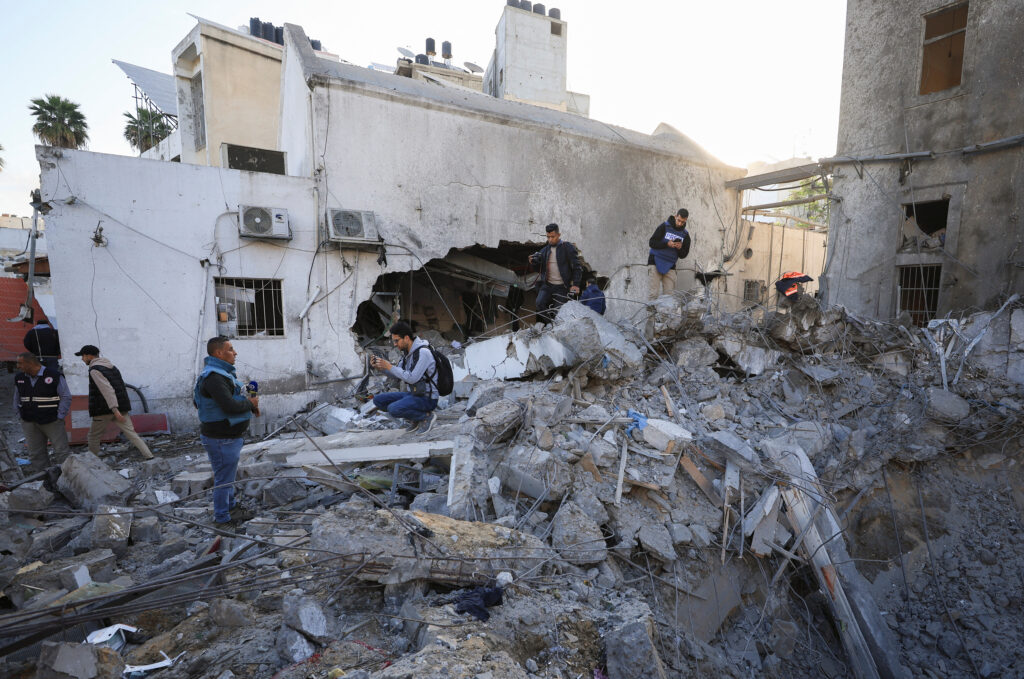
We must stop and wonder what is going to happen to the people of Gaza, in particular the children, who woke up recently to find that their only working hospital had been bombed by Israeli forces.
The ongoing conflict between Israel and Hamas has resulted in lives being lost on both sides, but the number of Palestinians killed by Israel is far more.
As of April 8, the United Nations reported that 50,810 Palestinians had been killed by Israeli forces, while 1,706 Israelis had died violently. More than 200 aid workers, over 160 journalists, doctors, nurses and other professionals have also perished … around 90 per cent of those killings said to have been committed by Israel. How then will the wounded in Gaza be treated if the last hospital to assist victims is no more?
What a world we live in. There seems to be no care for certain types of people, all in a bid to advance power and eliminate a race.

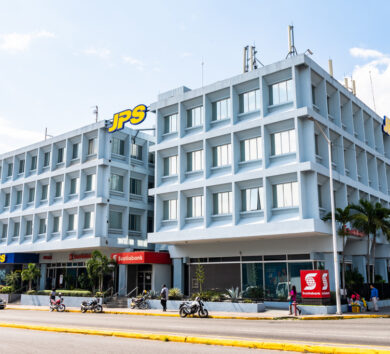


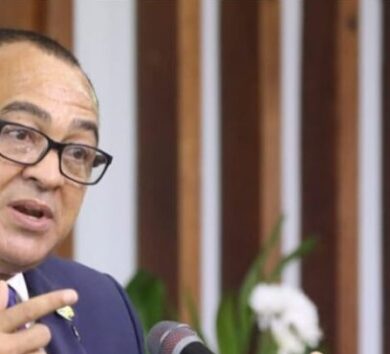

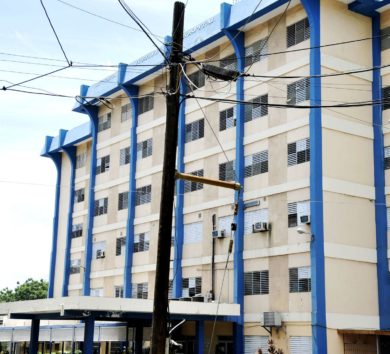
Comments